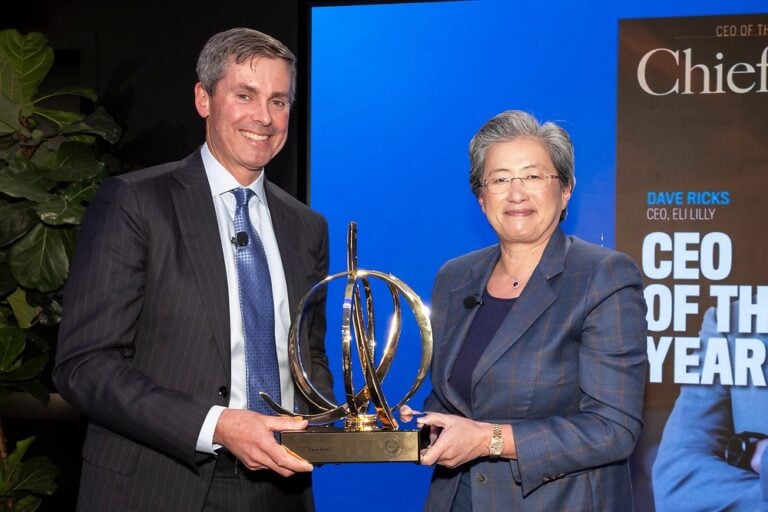
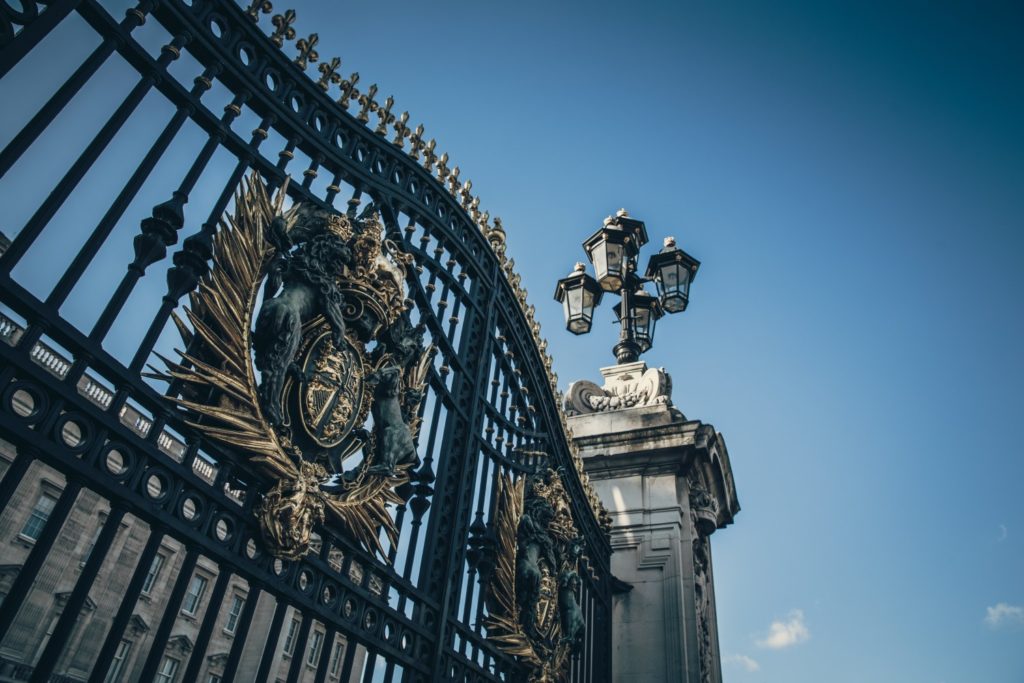
Queen Elizabeth’s London residence, Buckingham Palace, also serves as the administrative headquarters of the Monarchy. This means if you happen to walk down its gilded halls, you might glimpse a peek at the Queen and Duke of Edinburgh on the north side of the palace
But keep going and you’ll see the grand offices of the Privy Purse, a much nicer sounding name than CFO. A bit further on and you will cross the entrance to the Lord Chamberlain’s Office, which looks suspiciously like a PR department. But one wing bears a very pedestrian name that shields no mystery, which belies its importance to the Monarchy: The Office of Digital Engagement.
Under Queen Elizabeth II, who turns 93 on April 21, making her the oldest monarch in history now that she has surpassed her great, great grandmother, Queen Victoria, the Royal Family has gone digital.
Before you scoff that the digital stuff is nothing more than pretty pictures of grandkids upon whose heads will one day be crowned, consider the following.
The Royal House of Windsor has 4m Twitter followers and seven million Instagram followers, and tens of millions of Facebook fans. The Queen converted to digital religion in part due to the inspiration of her young grandsons, William and Harry, but her sense of public sentiment is what compelled her to bring social media to the Monarchy. She knows that her fate and that of the Monarchy ultimately rests with the public, and social media is the way to make her case.
Her rationale sounds like a CEO trying to improve the company’s public profile: “The Monarchy has to be seen to be doing its job. Otherwise, people ask why we need it. Our job is to engage people in the purpose, relevance, and value of a modern Monarchy.”
The Queen developed a digital-first culture during a time when there are raging questions about the value of the Monarchy. Sally Osman, the Queen’s former head of PR, echoed the sentiment when she told the Telegraph: “Digital is at the center of everything we do.” This is no different than how companies need to think during a time of “bizlash,” when a freshman Congresswoman can force the CEO of Wells Fargo into early retirement.
The Queen’s head of digital (the website calls her simply, Emma) had this to say about the impact of social media on the monarchy: “I like to think that I’ve helped promote the Royal Household as a modern, forward-thinking organization.” And she admits, her role is a bit tougher than the average Fortune 100 public relations flack: “One of the great, but also at times nerve-wracking things about working for the Royal Family is that the reaction to our work is always high-profile, and Facebook posts reach tens of millions of followers.”
Queen Elizabeth knows that it is critical to nurture public opinion through social media and she has several very effective methods of deploying social media in royal fashion.
The term “feed the feed” may not be familiar to all. It refers to a continuous drumbeat of information and exciting messages during a time when there isn’t much newsworthy going on.
The purpose is to keep the opposition off balance and maintain the Google ‘feed’ brimming with positive news. Otherwise, trolls stack their messages back to back and your story is lost.
The Queen’s first tweet last October was just such an example. It “fed the feed” by posting about the relationship between her ancestor, Prince Albert, and Charles Babbage, the inventor of the computer, scoring a precedent for Monarchical technology smarts. Everyone loved that.
‘Digital First’: The Queen puts social media ahead of newspapers and television, a revolutionary change in image building for the Royal household. Her staff admits they send pictures to Instagram before anyone else, underscoring the decline in importance of the traditional media. For instance, this image of the Royal Family at the Highland Games.
‘Storify’: Her sizable and growing family ensures there is always something exciting happening, such as the Royal Wedding of Harry and Meghan Markle. But as with that event, there were opportunities to disrupt the love story with side shows (Tom Markle) and the Queen’s answer was to make sure the ‘real story’ b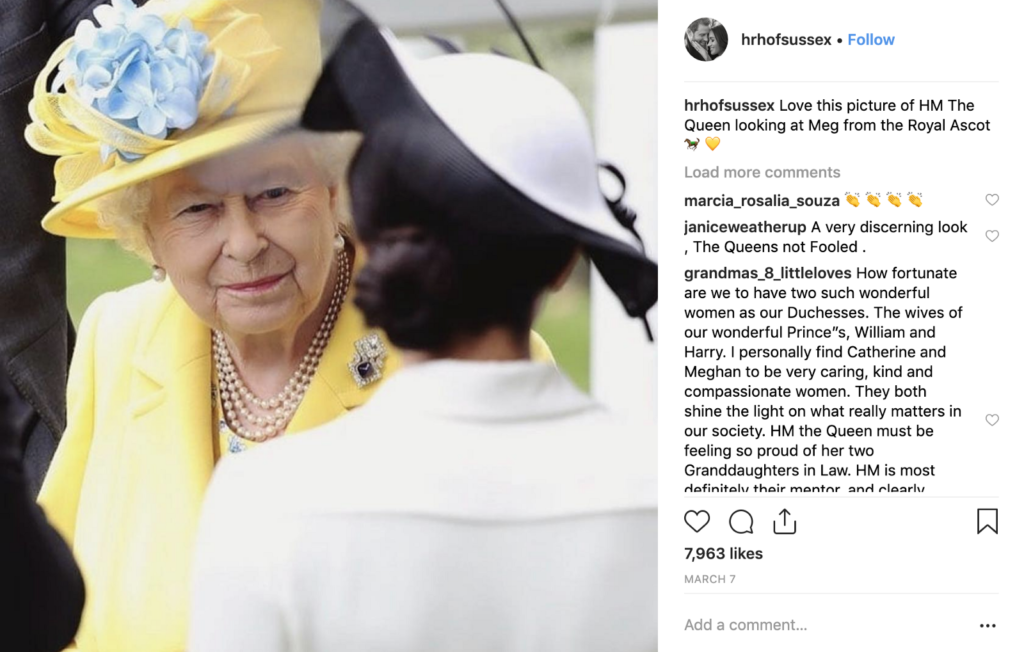 roke through, again and again, as this post by Prince Harry does.
roke through, again and again, as this post by Prince Harry does.
Read more: CEOs Need To Speak Twitterese To Alexandria Ocasio-Cortez


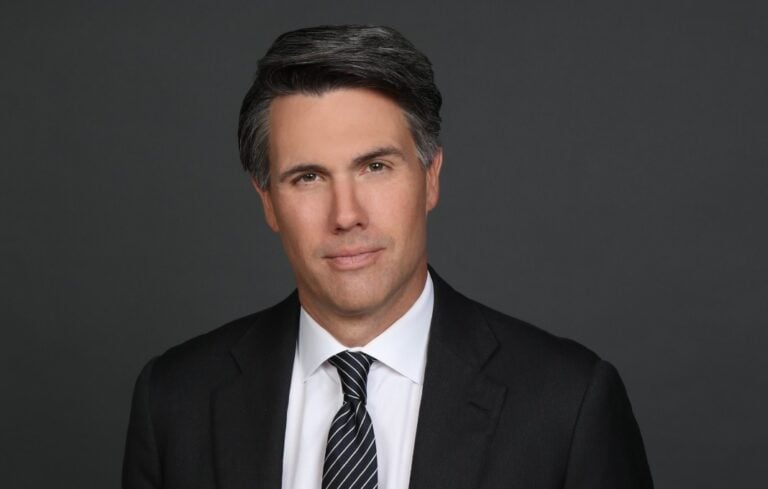
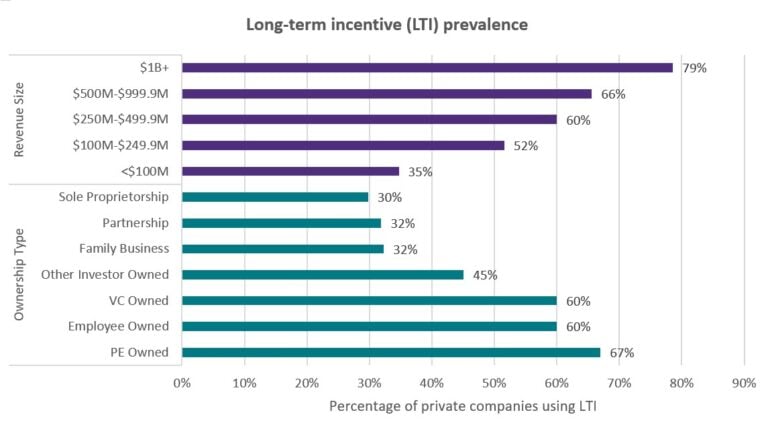
0

1:00 - 5:00 pm
Over 70% of Executives Surveyed Agree: Many Strategic Planning Efforts Lack Systematic Approach Tips for Enhancing Your Strategic Planning Process
Executives expressed frustration with their current strategic planning process. Issues include:
Steve Rutan and Denise Harrison have put together an afternoon workshop that will provide the tools you need to address these concerns. They have worked with hundreds of executives to develop a systematic approach that will enable your team to make better decisions during strategic planning. Steve and Denise will walk you through exercises for prioritizing your lists and steps that will reset and reinvigorate your process. This will be a hands-on workshop that will enable you to think about your business as you use the tools that are being presented. If you are ready for a Strategic Planning tune-up, select this workshop in your registration form. The additional fee of $695 will be added to your total.

2:00 - 5:00 pm
Female leaders face the same issues all leaders do, but they often face additional challenges too. In this peer session, we will facilitate a discussion of best practices and how to overcome common barriers to help women leaders be more effective within and outside their organizations.
Limited space available.

10:30 - 5:00 pm
General’s Retreat at Hermitage Golf Course
Sponsored by UBS
General’s Retreat, built in 1986 with architect Gary Roger Baird, has been voted the “Best Golf Course in Nashville” and is a “must play” when visiting the Nashville, Tennessee area. With the beautiful setting along the Cumberland River, golfers of all capabilities will thoroughly enjoy the golf, scenery and hospitality.
The golf outing fee includes transportation to and from the hotel, greens/cart fees, use of practice facilities, and boxed lunch. The bus will leave the hotel at 10:30 am for a noon shotgun start and return to the hotel after the cocktail reception following the completion of the round.